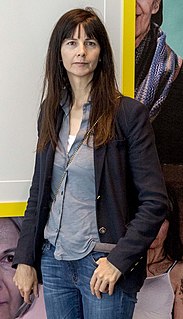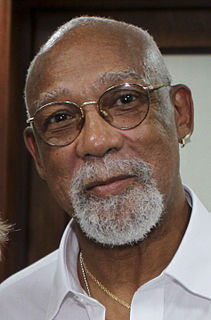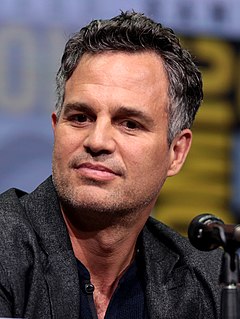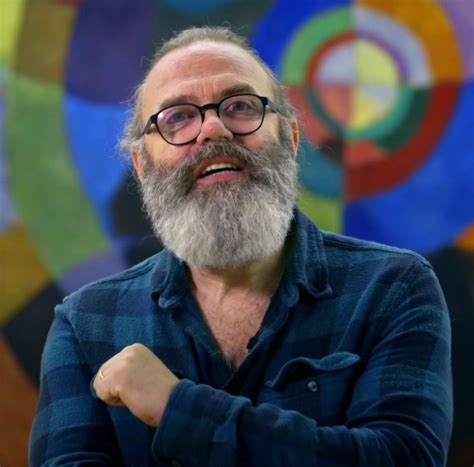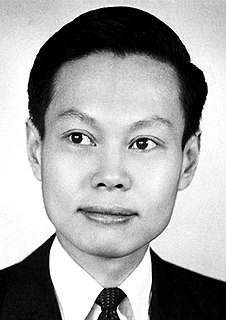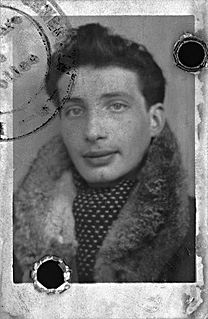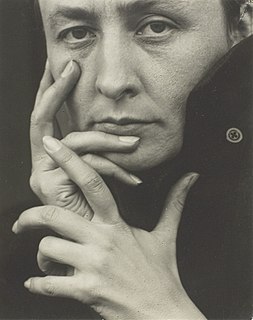A Quote by Gerhard Richter
And then the work bears a strong sense of leave-taking for me personally. It ends the work I began in the 1960s (paintings from black-and-white photographs), with a compressed summation that precludes any possible continuation. And so it is a leave-taking from thoughts and feelings of my own on a very basic level. Not that this is a deliberate act, of course; it is a quasi-automatic sequence of disintegration and reformation which I can perceive, as always, only in retrospect.
Quote Topics
Act
Always
Any
Automatic
Basic
Bears
Began
Black
Continuation
Course
Deliberate
Disintegration
Ends
Feelings
Leave
Level
Me
My Own
Only
Own
Paintings
Perceive
Personally
Photographs
Possible
Reformation
Retrospect
Sense
Sequence
Strong
Strong Sense
Taking
Then
Thoughts
Thoughts And Feelings
Very
Which
White
Work
Related Quotes
I wanted to say something different: the pictures are also a leave-taking, in several respects. Factually: these specific persons are dead; as a general statement, death is leave-taking. And then ideologically: a leave-taking from a specific doctrine of salvation and, beyond that, from the illusion that unacceptable circumstances of life can be changed by this conventional expedient of violent struggle.
As a kid growing up and seeing so much strife taking place in society, and particularly on Blacks and people of color, I had an opportunity as a young man to witness the change that was taking place in Harlem, the exodus of white folks leaving Harlem, which I thought was a very cohesive situation. But they felt that they needed to leave.
[When] I am taking a photograph, I am conscious that I am constructing images rather than taking snapshots. Since I do not take rapid photographs it is in this respect like a painting which takes a long time where you are very aware of what you are doing in the process. Exposure is only the final act of making the image as a photograph.
I always believed that my work should be unfinished in the sense that I encourage people to add their creativity to it, either conceptually or physically. Back in the 1960s, I was calling for 'Unfinished Music,' number one, and number two, with my artwork - I was taking unfinished work into the gallery. And that's how I was looking at it.
I never had any intention nor interest in being an artist, but when I made work I realized that this was my language. What I had to say needed to be said in this way. I always loved taking photographs - but never considered myself a photographer. I have tremendous respect for photographers. I do use a camera and a photo as a basis for a lot of my work, but I use it as a means to attain an image to work from. The actual photography in my work is a monochromatic photograph. I'll photograph something and extract a color that will then be the background for a painting.

